As the sweltering heat of summer gives way to the crisp, cool air of autumn, your lawn gets a welcome respite. This is also the prime time for grass to recover and strengthen before winter. However, your turf isn’t the only thing enjoying the ideal conditions of fall. This season is a crucial window for winter annual and perennial weeds, which are germinating and establishing themselves right under your nose.
Staying vigilant in the fall is the key to a weed-free lawn in the spring. Here are the top fall lawn weeds you need to keep on your radar.
1. Poa Annua (Annual Bluegrass)
This is public enemy number one for many homeowners seeking a uniform lawn. Poa annua is a low-growing, light green grass that germinates in fall, thrives through the winter, and then dies back in the heat of late spring, leaving unsightly brown patches.
-
How to Identify: Look for tufts of grass with a distinctive light green color, often with seed heads that look like tiny, white whisks. It tends to form unsightly clumps that disrupt the smooth appearance of your lawn.
-
Why It’s a Problem: It dies off when temperatures rise, leaving bare spots for summer weeds to invade. As one expert notes, “Poa annua is an annual grass that can quickly invade lawns, gardens, and other turf areas. It is known for its ability to produce a large amount of seeds, which can lead to a rapid spread of the weed.” For a deep dive on eliminating this specific pest, check out this guide on what kills Poa annua.
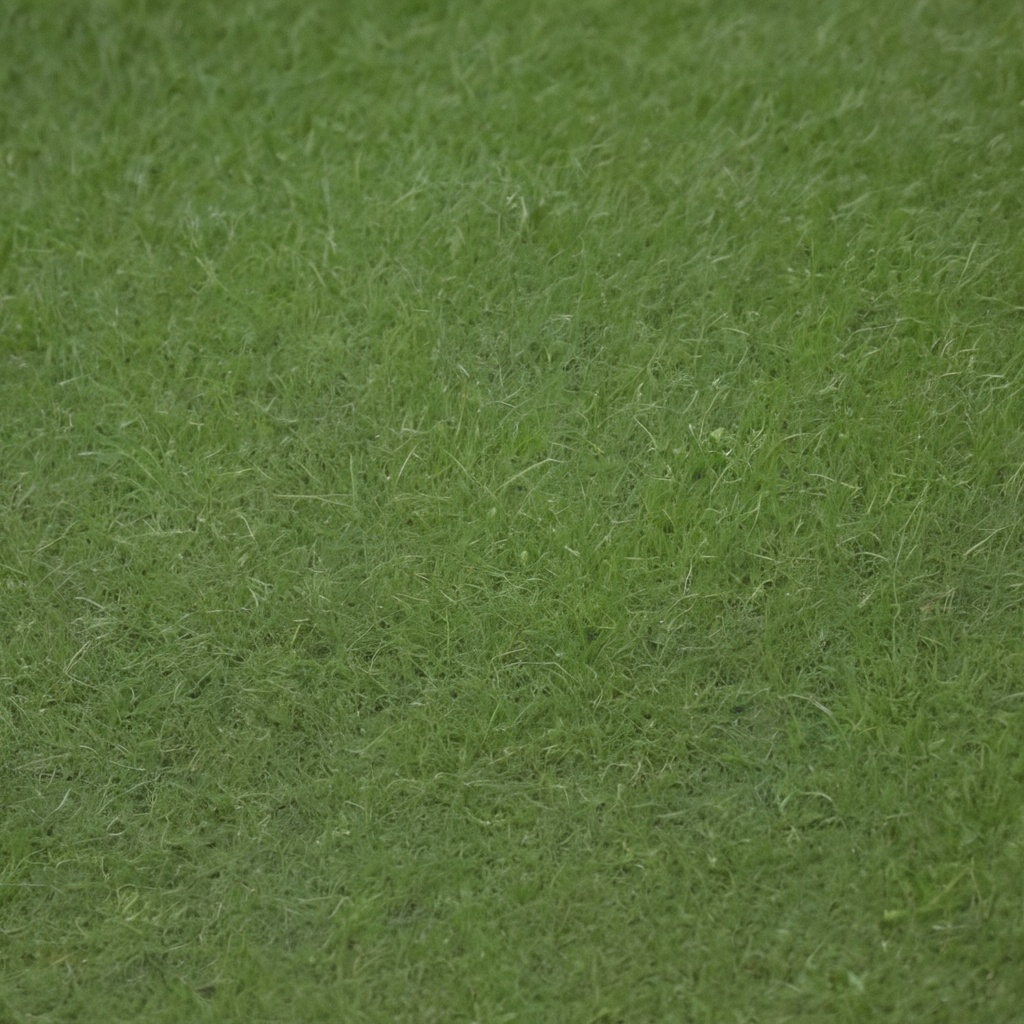
2. Henbit
You’ll often see Henbit popping up in early fall with its square stems and small, purple flowers. It’s a winter annual, meaning it germinates in fall, overwinters, and completes its life cycle in spring.
-
How to Identify: Look for plants with square stems (a hallmark of the mint family), rounded leaves that are deeply veined, and tiers of purple-pink flowers.
-
Why It’s a Problem: It forms dense mats that can crowd out desirable turfgrass, especially in thin or bare areas.
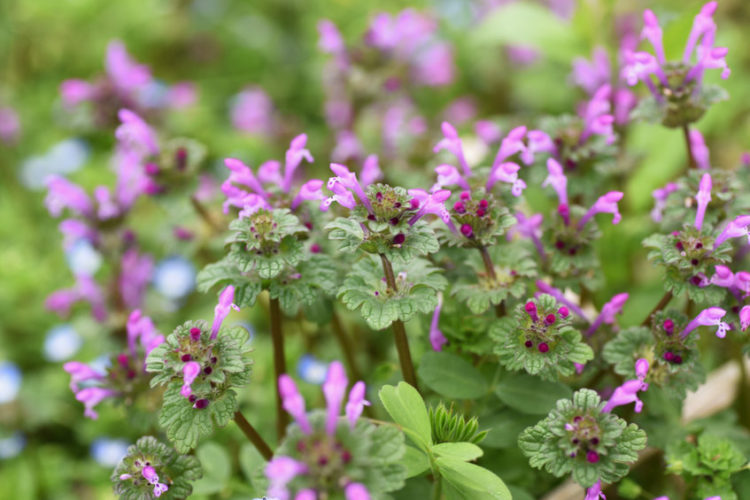
3. Chickweed
Common Chickweed is a low-spreading weed that can quickly form a dense carpet over your lawn. It has small, egg-shaped leaves and tiny, white flowers.
-
How to Identify: It has a weak, shallow root system and a single line of fine hairs running along its stem. It thrives in moist, shaded areas.
-
Why It’s a Problem: Its mat-like growth habit smothers grass seedlings and thin turf, preventing your lawn from thickening up.
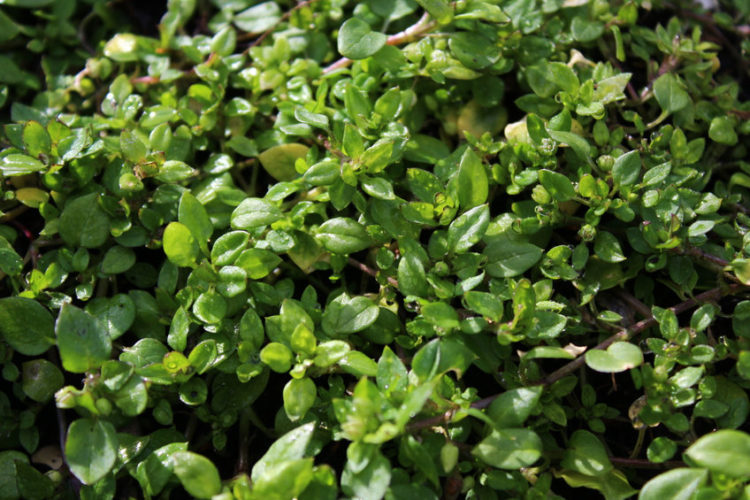
4. Dandelion
While often considered a spring weed, Dandelions have a strong resurgence in the fall. The perennial taproot is gathering energy reserves to survive the winter, making it very active.
-
How to Identify: The classic yellow flower and subsequent “puff ball” seed head are unmistakable. The leaves form a basal rosette (circling from a central point at ground level) with deep, jagged edges.
-
Why It’s a Problem: Its deep taproot makes it difficult to remove entirely, and a single plant can produce thousands of wind-dispersed seeds.
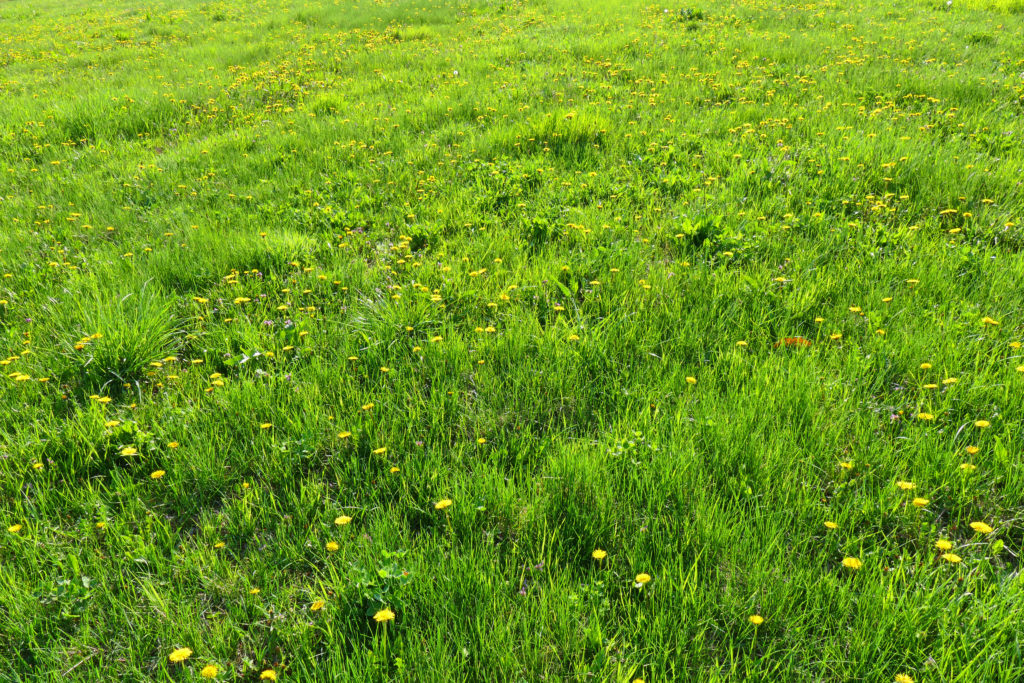
5. Wild Violet
Though some consider its purple flowers charming, Wild Violet is a persistent perennial weed that aggressively invades lawns, especially in shaded areas. It’s most active in the cool weather of spring and fall.
-
How to Identify: Heart-shaped leaves with a waxy coating and distinctive purple (or sometimes white) flowers.
-
Why It’s a Problem: Its waxy leaves make it resistant to many herbicides, and it spreads through aggressive rhizomes (underground stems), forming thick colonies.
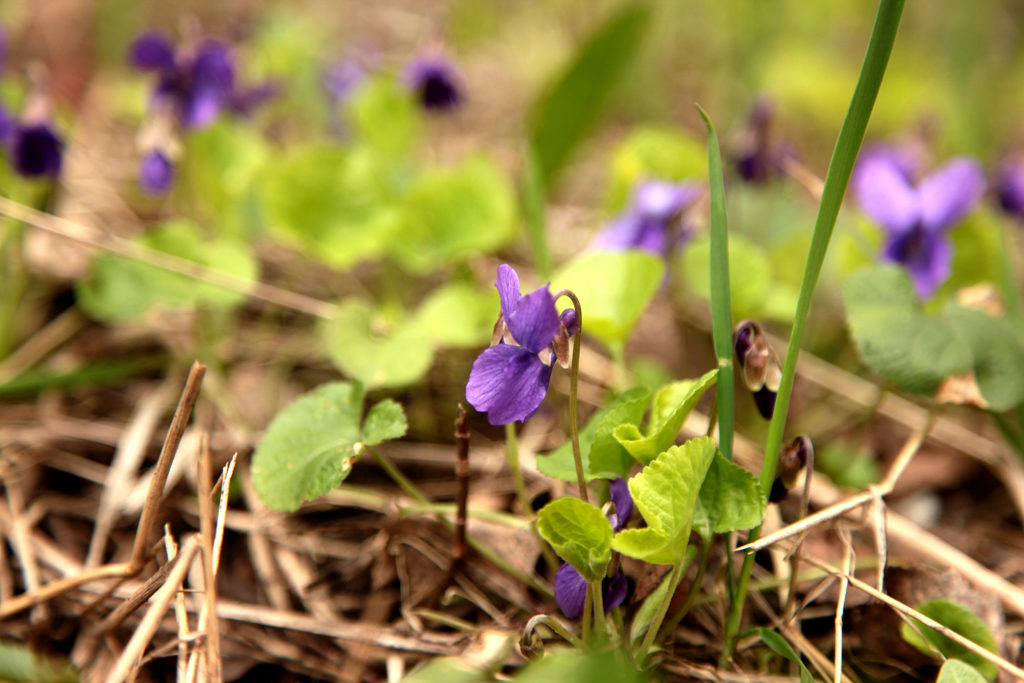
Your Fall Weed Control Action Plan
-
Identification is Key: Before you treat, make sure you know which weed you’re dealing with.
-
Pre-Emergent Herbicides: For winter annuals like Poa annua and Henbit, a fall application of pre-emergent herbicide is your most effective weapon. This creates a barrier in the soil that stops weed seeds from sprouting. Timing is critical—apply in early fall before germination.
-
Post-Emergent Herbicides: For weeds that have already sprouted (like Dandelions or established Violets), use a targeted post-emergent herbicide. For broadleaf weeds, a selective herbicide will kill the weed without harming your grass.
-
Cultural Practices: The best defense is a thick, healthy lawn. Core aeration and overseeding in the fall helps your turf outcompete weeds for resources.
By taking proactive steps in the autumn, you can eliminate these pesky invaders and ensure your lawn wakes up healthy and strong next spring.
Fall Lawn Weeds at a Glance
This chart provides a quick reference for the most common fall weeds, their characteristics, and how to manage them.
| Weed Name | Type | Key Identifiers | Primary Problem | Season & Lifecycle |
|---|---|---|---|---|
| Poa Annua (Annual Bluegrass) |
Grassy Weed | Light green clumps, white seed heads, low-growing. | Dies in summer heat, leaving bare patches; spreads rapidly by seed. | Germinates: Fall Active: Winter Dies: Late Spring |
| Henbit | Broadleaf Weed | Square stems, purple flowers, rounded/veined leaves. | Forms dense mats that crowd out and smother turfgrass. | Germinates: Fall Active: Winter/Fall Dies: Spring |
| Chickweed | Broadleaf Weed | Small oval leaves, tiny white flowers, forms a dense mat. | Smothers grass seedlings and prevents lawn thickening. | Germinates: Fall Active: Cool Season Dies: Spring |
| Dandelion | Broadleaf Weed | Yellow flower, puff-ball seed head, jagged leaf rosette. | Deep taproot is hard to remove; seeds spread easily by wind. | Perennial Most Active: Spring & Fall |
| Wild Violet | Broadleaf Weed | Heart-shaped, waxy leaves; purple/white flowers. | Waxy leaves resist herbicides; spreads via aggressive rhizomes. | Perennial Most Active: Spring & Fall |
